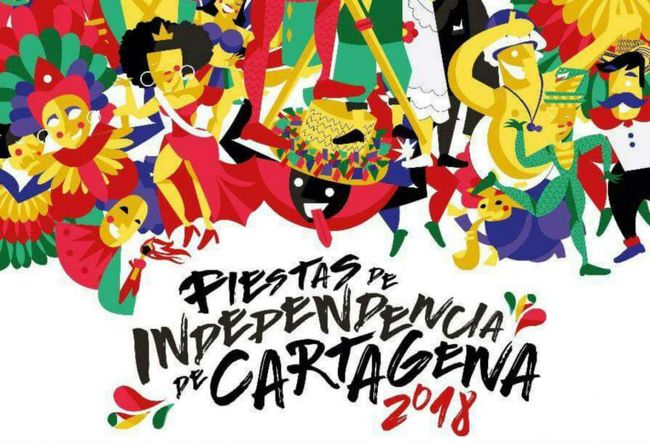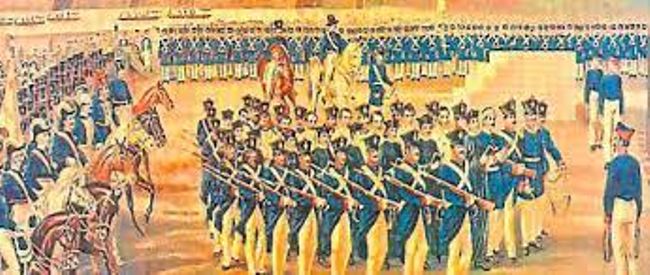History of the festivals
Жарияланды: 06.04.2019
They began to be celebrated spontaneously since 1812 (the year after independence), and today they are the confluence of traditional artistic expressions that emerged in the colonial environment, among which are cumbia, gaitas, African communities, the congo, the mapalé, the fandangos de lenguas; as well as contemporary expressions resulting from historical and modern evolution.
They are made up of festive preludes, proclamations and announcements, communities and carnivals, dances and events including the Noche de Candela, the Jolgorio de Tambores y Cantadoras, the Reinado de la Independencia and the parades, among them, the Desfile de la Independencia, the Desfile Estudiantil in honor of the Heroes of Independence and the School Festival of Music and Dance in tribute to the writer and cultural promoter Jorge García Usta.
It is a massive popular celebration in which the main roles are played by troupes, musical and dance groups, floats, popular creativity, costumes, and festive props. They are led by the Lanceros de la Independencia as civic and festive authorities. It is the staging of the memory and richness of the intangible cultural heritage of Cartagena de Indias.
Жауап


